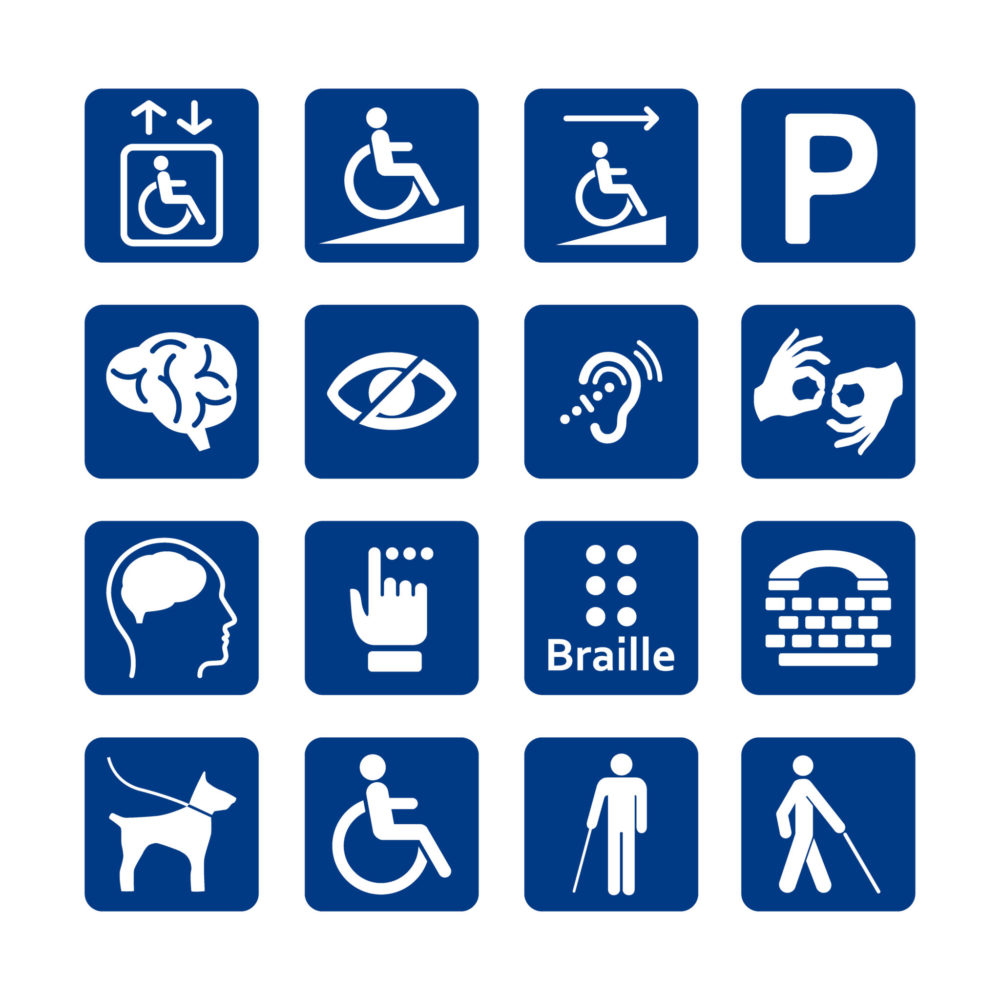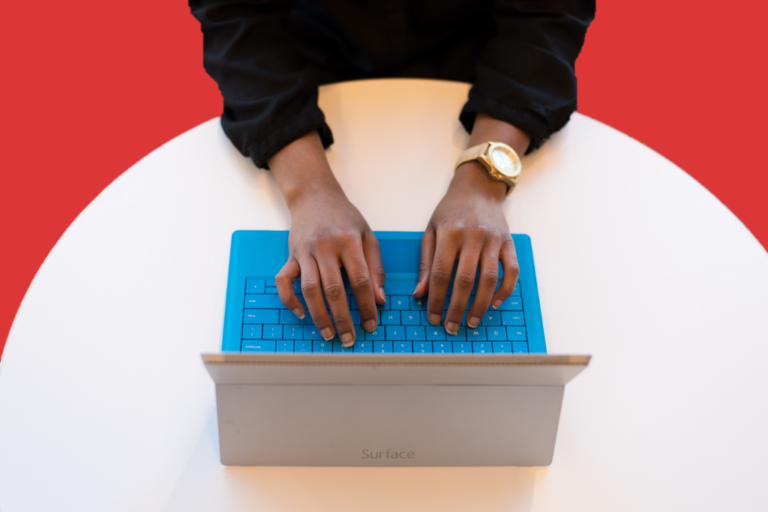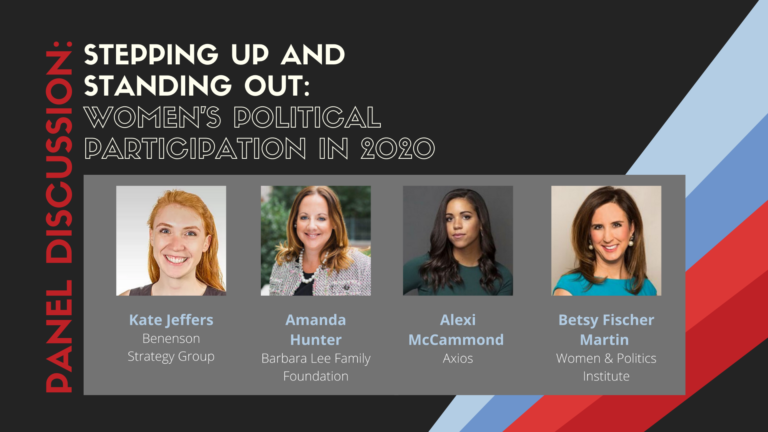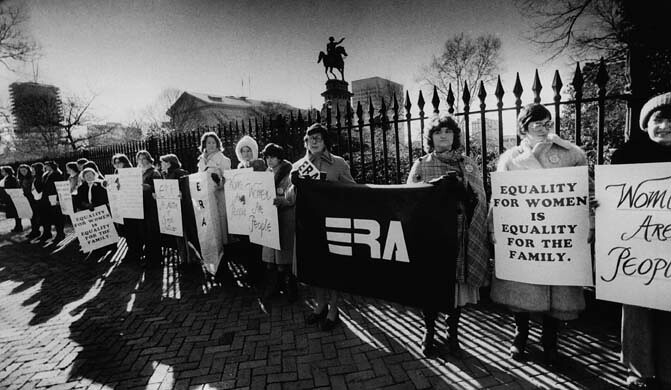Black women are woefully underrepresented across all levels of government - check out the…
Political Accessibility: How helping one can level the playing field for all.

Curb cuts in sidewalks, Remote Working, Audiobooks: In the words of Professor Aimi Hamraie, “when disabled people enact politics, they also design and build new worlds” for us all. So it’s plainly essential that our political system becomes accessible to all as well.
From the attitudes of party gatekeepers to the absence of wheelchair ramps at polling stations, disabled people have to overcome significant obstacles to access their fundamental right of political engagement.
Historically, we have attempted to address these barriers by ‘fixing’ impairments through medical interventions and treatments. This places the ‘problem’ on the person, putting the burden of inclusion on the disabled individual. But, those barriers are structural, meaning that they result from our social norms and the systems that inform the way society works.
So, an impairment only becomes a disability when it runs into these structural barriers- things like negative attitudes and beliefs about disability, exclusionary policies or a lack of legislation that promote or protect the rights of disabled people, physically inaccessible spaces, and lack of accessible information (e.g., in Braille, sign language, large print).
As is the mantra of RepresentWomen, the only way to address systemic barriers like these is through structural solutions, not changing the individual. Disabled representation in policy-making decisions is critical, and we must change our systems to be accessible to all.
Unfortunately, despite one in four Americans having some form of disability, only 10% of sampled elected officials identify as disabled, with women making up an even smaller portion. RepresentWomen’s latest report sheds light on the unique barriers disabled women candidates face when running for political office. Such as disabled candidates needing to use personal funds to pay for reasonable accommodation and party meetings held in inaccessible buildings.
The report highlights that disabled women candidates, especially women of color and LGBTQ, face compounding layers of discrimination due to the intersectionality of race, gender, disability status, and sexual orientation, which pushes them even further from being the candidate that our systems were designed for.
However, we do not have to look far for solutions. Structural changes within political parties, like partnerships with Disabled Persons Organizations and recruitment quotas, are concerted efforts to make elections more accessible. Additionally, Sensitized poll workers, removing physical barriers from polling places, and adopting policies like the Fair Representation Act and the For the People Act, are natural systems changes. Ones that not only benefit disabled persons but are shown to level the playing field for all who are marginalized in our politics.
The voices, contributions, and perspectives of the Disability community matter; it’s past time we reform our systems for inclusion and accessibility.







